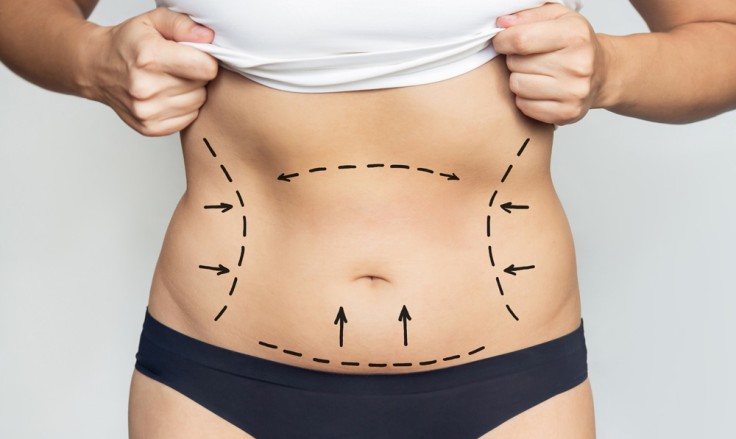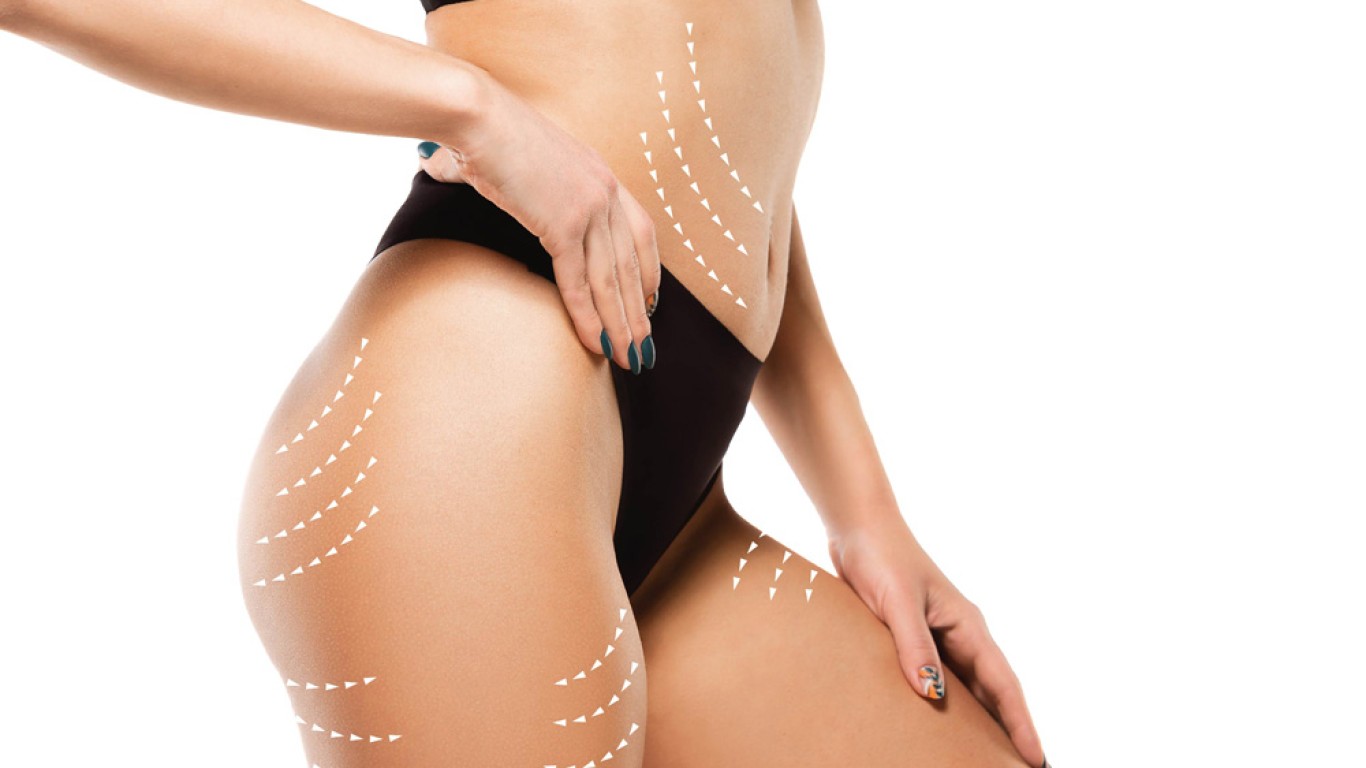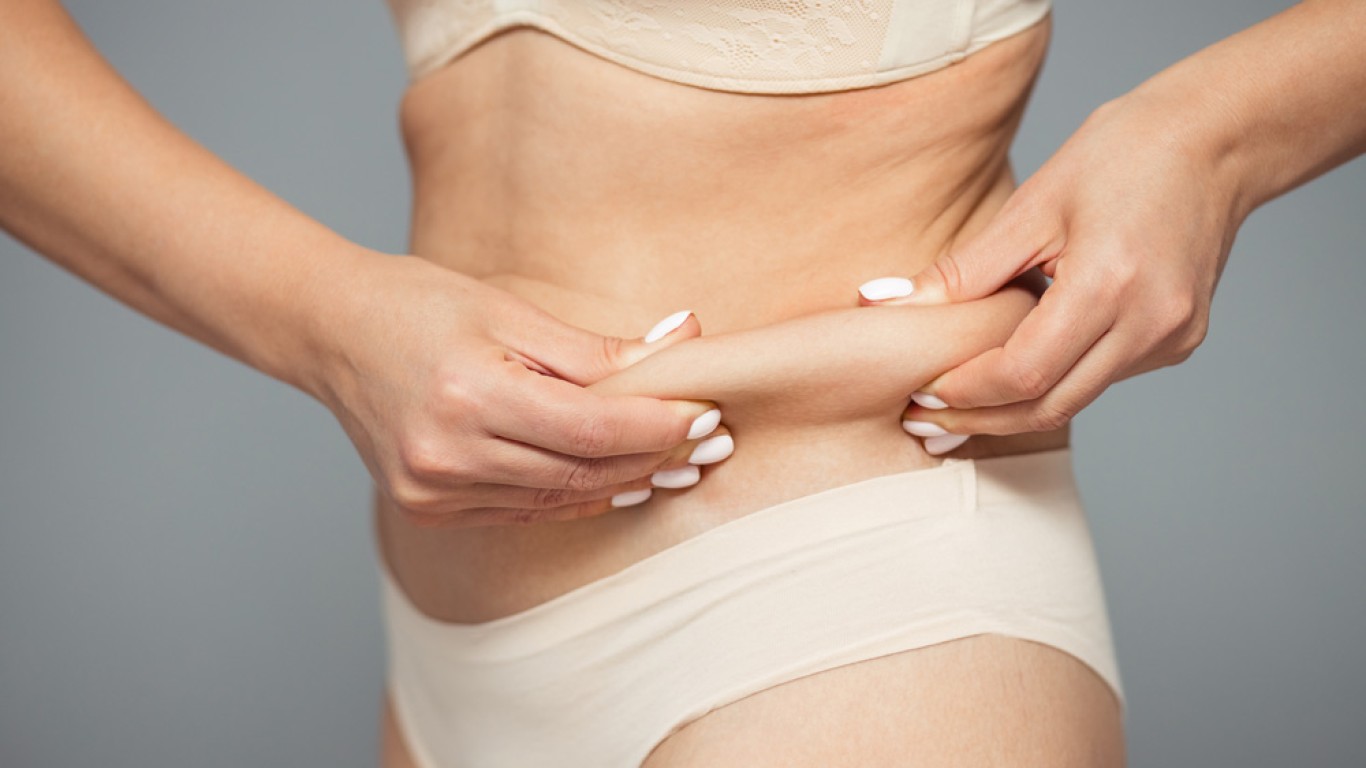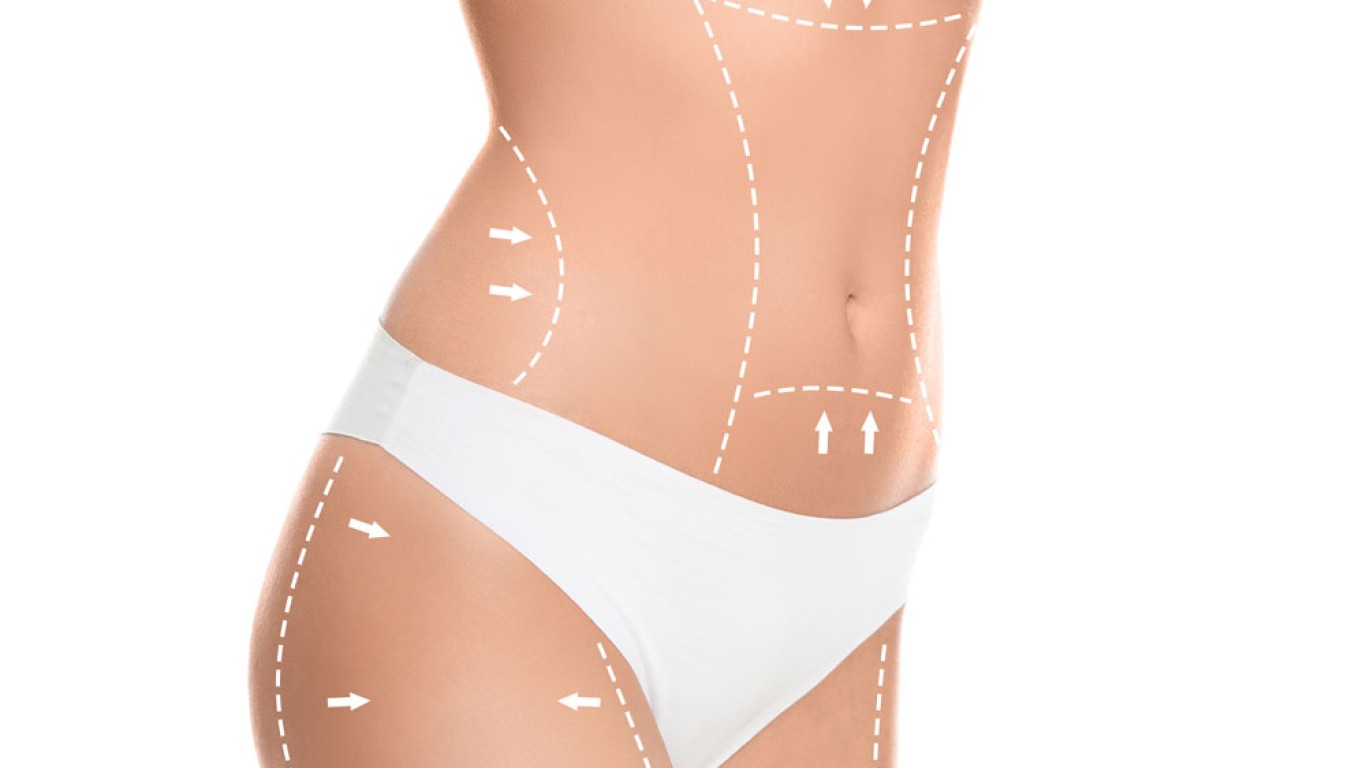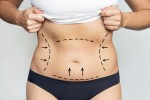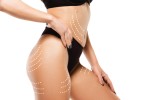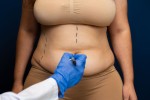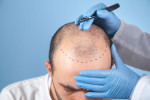Introduction
Stubborn fat can remain even when weight is stable and activity levels are consistent. These resistant pockets often persist due to genetics, hormones, and fat cell behaviour. Because many individuals prefer targeted solutions that avoid surgery, interest in non-invasive fat reduction continues to grow. Modern devices use controlled energy to disrupt fat cells while keeping the skin intact. Understanding how each method works helps first-time patients select the best approach for their goals.
Why Certain Areas Hold Stubborn Fat
Some fat cells resist metabolic change more than others. Genetics influence storage patterns while hormones affect cell sensitivity. Additionally, areas such as the abdomen, hips, thighs and arms contain dense fat layers that often respond slowly to lifestyle adjustments. These factors explain why stubborn zones remain unchanged despite balanced habits. As a result, many consider non-invasive fat reduction for more targeted refinement.
How Non-Invasive Fat Reduction Works
These treatments target fat cells beneath the skin using energy-based technology. The energy may freeze the fat, heat it or disrupt the cell membrane so the body can clear the affected cells naturally. Because the skin remains intact during treatment, downtime is limited. Changes appear gradually as the body processes the damaged cells through its normal metabolic pathways.
Non-Invasive Fat Reduction: Cryolipolysis
Cryolipolysis uses controlled cooling to affect the fat layer without harming skin or surrounding tissue. The fat cells freeze at a higher temperature than skin cells, allowing the device to target only the fat. The body removes these cells gradually in the weeks that follow. Cryolipolysis is often used on the abdomen, thighs, flanks and upper arms due to reliable fat depth and consistent response. The treatment feels cool at first and may include light pressure but ultimately remains comfortable.

Non-Invasive Fat Reduction: Radiofrequency
Radiofrequency uses heat to disrupt fat cell membranes. It also stimulates collagen production which supports improved skin firmness in treated areas. This makes the method useful for individuals who experience both stubborn fat and early laxity. Radiofrequency suits the lower abdomen, inner thighs, hips and waist. Many appreciate its ability to address two concerns at once using steady, controlled heat. The sessions feel warm rather than hot because sensors regulate temperature.
High-Intensity Focused Ultrasound for Deeper Layers
High-intensity focused ultrasound (or HIFU) targets deeper fat layers. The focused ultrasound waves create heat within the fat without damaging the surface. This approach works well for areas with thicker fat where deeper disruption is needed. HIFU shapes regions such as the abdomen, outer thighs, knees and hips. Because HIFU reaches deeper layers than many other methods, it remains a preferred option for those seeking targeted and deeper non-invasive fat reduction.
Laser-Based Non-Invasive Fat Reduction for Subtle Refinement
Laser fat reduction uses low-level energy to weaken fat cell structure. The cells release stored content which is then processed naturally by the body. The approach creates gradual change and suits those wanting subtle refinement rather than large reduction. Lasers are commonly used on the arms, lower abdomen, and the under-chin region. Sessions are comfortable and require minimal downtime, making them accessible for busy schedules.
How Specialists Assess Stubborn Areas
Assessment begins with analysing fat thickness, skin elasticity and body contour. Surgeons also examine weight stability and lifestyle factors because these influence treatment response. Additionally, AI-based contour mapping tools support targeted planning by identifying fat distribution patterns and measuring volume. These insights allow specialists to match each area with the most effective device. This ensures that non-invasive fat reduction is both tailored and predictable.
When Combined Treatments May Be Recommended
Some patients benefit from combining different technologies for enhanced results. For example, radiofrequency may follow cryolipolysis to support improved skin texture. Similarly, HIFU may be paired with electromagnetic muscle stimulation for deeper shaping. Combination plans address both volume and tissue firmness. Specialists decide whether to combine methods based on skin behaviour, fat thickness and desired contour refinement.
What to Expect During Non-Invasive Fat Reduction Sessions
Non-invasive fat reduction sessions follow a simple structure. Area is marked and prepared before the device is placed on the skin. The chosen energy is then delivered to the fat layer for a set period. The sensation differs between devices, ranging from cooling to firm warmth. Sessions generally last between 20-60 minutes depending on the area. Patients typically resume normal activities shortly afterward because the skin remains intact.
Conclusion
Non-invasive fat reduction offers reliable options for treating stubborn body areas. Methods including cryolipolysis, radiofrequency treatment, HIFU and laser-based reduction each target fat using unique technologies. Through detailed assessment, modern imaging systems and tailored planning, specialists refine contours with accuracy. Gradual changes appear as the body processes treated fat, supporting steady improvement over time.
If you’re interested in finding out more about non-invasive fat reduction techniques, visit the ACIBADEM Beauty Center website.
Frequently Asked Questions
Results appear gradually over several weeks.
It suits many areas depending on fat depth.
Most individuals resume normal activity quickly.
Yes, with stable weight and consistent habits.
The best method depends on fat thickness and skin elasticity.
